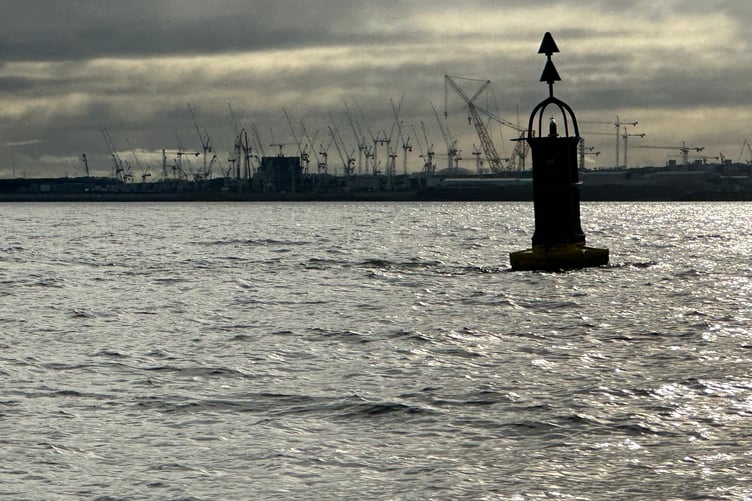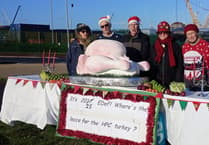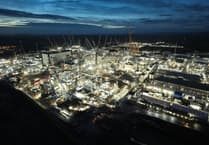ANTI-nuclear campaigners have estimated 11 billion fish off the West Somerset coastline could be killed during the operating life of the new Hinkley Point C nuclear power station.
The Stop Hinkley group said the slaughter would arise if EDF was allowed to ‘wriggle out’ of planning conditions which required acoustic fish deterrents (AFDs) to be fitted to water intake heads.
EDF has to date refused to fit the AFDs and is consulting the Environment Agency (EA) with a view to trying to have the condition dropped.
Stop Hinkley spokeswoman Katy Attwater said the 11 billion figure was calculated over the 60-year lifespan of Hinkley C.
She said affected common fish species would include river lamprey, twaite shad, sprat, herring and the common goby, while rarer species which would be killed included salmon, cod, anchovy, John dory, crucian carp, silver bream, and sea lamprey.
Ms Attwater said the fish migrated from the Bristol Channel to nine main rivers, the Ely, Taff, Rhymney, Ebbw, Usk, Wye, Severn, Avon, and Parrett.
She said particularly hard hit would be the elver migration from the Atlantic, with eels being sucked into the Hinkley intakes and only comparatively few making it to the Somerset Levels and other rivers, which would be their homes for the next 20 years before their return journey past the intake heads to travel back to their Sargasso Sea breeding grounds.
Ms Attwater said EDF’s request three years ago to not have to install the AFDs was rejected by the Environment Agency, a public inquiry, and DEFRA Secretary George Eustice.
“Yet, EDF are still trying to wriggle out of it and waste all the time, money, and effort spent by the EA, the Severn Estuary interest groups, and DEFRA to defend one of the most important breeding grounds for British fish,” she said.
The estuary is a site of Special Scientific Interest (SSSI) and a Special Area of Conservation(SAC) and has been given an internationally important Ramsar site designation.
Hinkley Point C environment head Chris Fayers said two other fish protection measures would be in place and while the station’s impact on fish would vary from species to species, a worst case scenario was estimated to be about the size of a small fishing vessel’s annual catch.
Mr Fayers said: “EDF has decades of experience and data gained from taking cooling water from the Bristol Channel, which shows the activity has an insignificant impact on protected species.
“In addition, Hinkley C will be the first power station in the area to be built with fish protection measures in place.
“EDF is working with the Environment Agency, Natural England and Natural Resources Wales to develop a proportionate and robust compensation package to mitigate any impact.
“Alongside working on compensation, we are seeking a permit variation to avoid duplicate regulation, which will be consulted on by the Environment Agency.
“Reaching an agreement is essential for the delivery of this vital piece of national infrastructure.”
The Environment Agency has launched a five-week consultation on the proposed change to the Water Discharge Activity permit.





Comments
This article has no comments yet. Be the first to leave a comment.